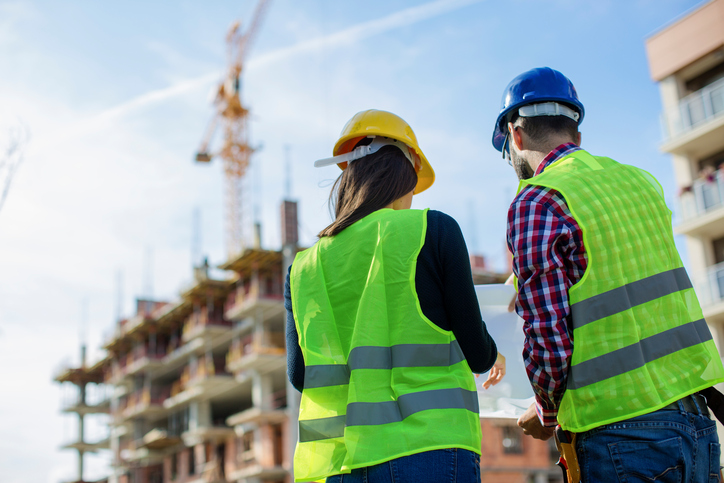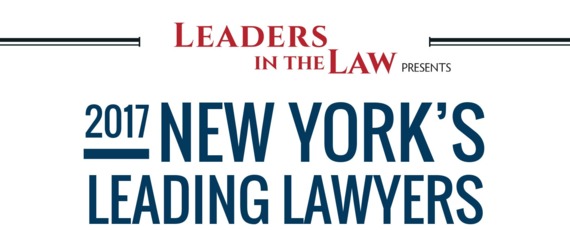
Building materials, heavy equipment, and other large objects may fall without warning on a construction site, and when they do, debilitating injuries to workers are always a risk. Falling object injuries, such as a traumatic brain injury (TBI), can take a worker out of their job, and worker’s compensation will not always cover everything. When the bills are mounting and it seems no more compensation is possible, it is essential to speak with an experienced team of New York falling objects lawyers with a track record of getting maximum compensation for construction workers who are hurt on the job – above and beyond the benefits you receive from workers comp. Call Friedman, Levy, Goldfarb, Green & Bagley, P.C. in NYC and Long Island for the top-level advocacy you deserve.
Injuries from Falling Objects: Who is Liable
In a falling object case, it is crucial to determine who is liable. For example, a single individual or entity could be responsible for the accident or the negligence of multiple parties. We could help you evaluate your accident and determine who is at fault.
First of all, a property owner of a residential or commercial building is often at fault–if they fail to address dangerous hazards resulting in falling objects. They have a duty to protect visitors and passers-by. In addition, falling objects occur due to defects in the building. The fault for these injuries could include the architects or engineers responsible for designing the building. In addition, contractors or subcontractors could be liable for negligence during construction. Defective products can also play a part in these cases. For example, when things like scaffolds are faulty, they could collapse and fall.
Identifying the at-fault party is only one part of a successful falling object injury lawsuit. To secure the compensation you deserve, it is vital that you file your lawsuit as soon as possible so that it adheres to the statute of limitations. In general, plaintiffs have three years from the accident. We can ensure you file your case on time and avoid losing the compensation you need to heal and rebuild your life.
Relevant NYC labor laws regarding falling object hazards on construction sites
Considering the danger of falling objects on construction sites, New York City has implemented several labor law measures to help protect workers. The most important of these regulations to protect workers on construction sites from falling objects is Section 240.
NY Labor Law Section 240, the “scaffold law,” covers workers struck by falling objects. The objects covered include building materials, scaffolding, collapsing floors, collapsing ceilings, ladders, and even other workers falling from a height and landing on a coworker.
Additional labor laws to protect construction workers from falling objects include New York Labor Law Section 200 and 241. Section 241 sets standards for how floors are constructed, such as the building materials to be used. 241 also addresses standards for elevators and hoisting apparatuses.
Labor Law Section 200 gives a general duty for owners and contractors to have specific safety standards regarding the positioning, operation, and guarding of all machinery, devices, and equipment, which can help prevent them from breaking loose and falling. Additionally, it provides protections for visitors and sets standards for guardrails and lighting.
Common injuries from falling objects
Despite the use of hardhats on construction sites, falling objects still pose a devastating risk for workers. Some of the most common injuries from a falling object include:
- Bone fractures
- Crushing injuries
- Traumatic brain injuries (TBIs)
- Neck and spine injuries
Some of the most common TBIs resulting from falling objects include:
- Concussions
- Contusions
- Hematomas
- Open head injuries
Potential compensation
When someone gets hit with a falling object on a construction site, there is unfortunately a high probability of brain or spinal injuries, which can require a lifetime of financial assistance, medical care, or rehabilitation.
There are three types of damages for falling object accidents: Economic, Noneconomic, and Punitive.
Economic damages include those that can be reduced to a mathematical formula to demonstrate what the losses are. This includes:
- Lost income from time out at work
- Medical bills, including projected future costs, i.e., rehabilitation
- Lost earning capacity for long-term disabilities
- Property damage
Noneconomic damages are intangible losses that can be difficult to calculate and can require experts to gather and present evidence to define the elements of the claim. These intangible losses can include:
- Pain and suffering
- Scarring or disfigurement
- Emotional distress
- Loss of enjoyment of life
In the tragic event of a loss of life resulting from a construction site accident, loved ones will often be able to pursue a wrongful death claim. In the event of a wrongful death lawsuit, survivors will be able to claim the damages named above that the decedent suffered before their death, as well as:
- Loss of spousal support
- Funeral and burial expenses
- Loss of financial support
- Loss of services, i.e., caretaker for children or disabled spouse
- Lost inheritance
- Loss of parental guidance and protection
The court grants punitive damages in the case of particularly bad behavior by the Defendant. While they are rarely awarded, there is no cap on punitive damages in New York. Punitive damages are often substantial amounts to not only punish the bad actor, but also make an example of them to the entire industry.
Compensation can be a difficult calculation. Speaking with a New York construction accident lawyer will help you make sure you are getting the full and fair amount of damages you deserve.
Why you need a lawyer
Construction accidents often require in-depth investigations to determine all causes and liable parties. Third parties such as the building owner and other vendors or sub-contractors may bear part of the responsibility for your injuries. At Friedman, Levy, Goldfarb & Green, we can accurately appraise the value of your case and help you determine when a settlement is right for you or your family, or when it may be time to pursue further litigation to get the money you are owed. Call today for a free consultation!






